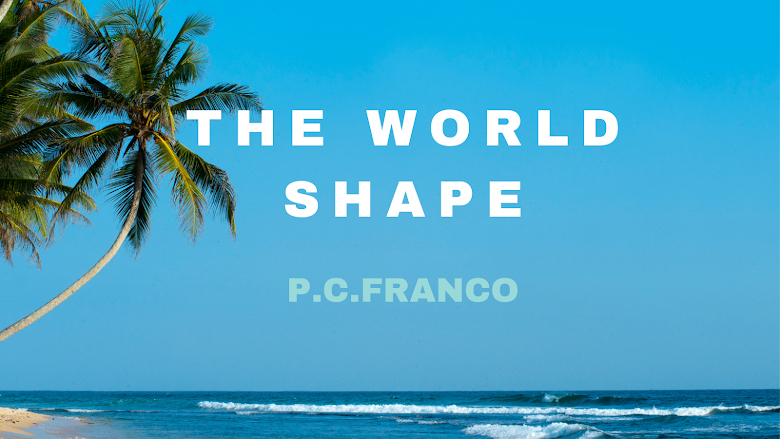(english)
Adele was for the first time in Portugal. Meo Arena. Lisbon.
And it was not for a concert only but two days, two concerts.
Describe the Adele's concert is to speak of elegance, emotions, deep feelings, tears, loneliness, long days in silence, but the silence of thought.
But it is also talk about the dawn and the rebirth of energy that gives us the strenght to move on and carry on the life.
Adele tells us about the love in a non-romanticized way. And that is superb.
She speaks by the correct names, the feelings that truly happen, no frills.
An elegance that already accustomed us, she was wearing a Burberry's dress, the Adele's concert can sum up in one sentence, "pure british sounds in the portuguese night".
Emotive, fabulous, magical, engaging, a simplicity and modesty truly phenomenal, it was a night I traveled in time for emotions, adventures, feelings, days and nights lost in my memory.
Thank You, Adele.
Love,
Paula Cristina Franco
***
(portuguese)
Adele esteve pela primeira vez em Portugal.
E não se ficou por um concerto apenas, dois dias, dois concertos. Meo Arena cheio.
Descrever o concerto de Adele é falar de elegância, de emoções, de sentimentos profundos, de lágrimas, de solidão, de longos dias em silêncio, sim, o silêncio do pensamento.
Mas também é falar do dia que nasce e da energia que renascem em nós para continuar e enfrentar a vida.
Adele fala-nos sobre o amor de uma forma não romantizada. E isso é soberbo.
Fala pelos nomes certos, pelos sentimentos que verdadeiramente acontecem, sem floreados.
Numa elegância que já nos habituou, vestida por Burberry, o concerto de Adele posso resumir numa frase, "pure british sounds in a portuguese night".
Emotivo, fabuloso, mágico, envolvente, de uma simplicidade e modéstia inatacável, foi uma noite em que viajei no tempo por emoções, aventuras, sentimentos, dias e noites.
Obrigada, Adele.
Paula Cristina Franco
































